In pictures: Jonas Blue’s live setup revealed
London-based producer’s gig rig in detail

Out of the blue
In 2015, London-based producer Jonas Blue found immediate success with his debut single Fast Car, a cover of Tracy Chapman’s famous hit single almost 30 years ago. Nominated for a Brit Award, it was followed by a second number two hit, Perfect Strangers, and a further chart scoring single, By Your Side.
Having sold almost 13 million singles and been streamed two billion times, Blue has been one of the UK’s biggest breakthrough artists of 2016. His latest release, Mama, coincided with the start of a debut European tour, finishing off with a headline show at the London nightclub, Heaven.
The show combines Blue’s primarily dance-based synth sound with a live acoustic setup, and we popped in to discuss his on-stage gear setup.
The latest single, Mama (feat. Willian Singe) is out now via Positiva/Virgin EMI. For more information, you can follow him on Facebook and Twitter.
Read more: Fast Car hitmaker Jonas Blue takes us into his tech den
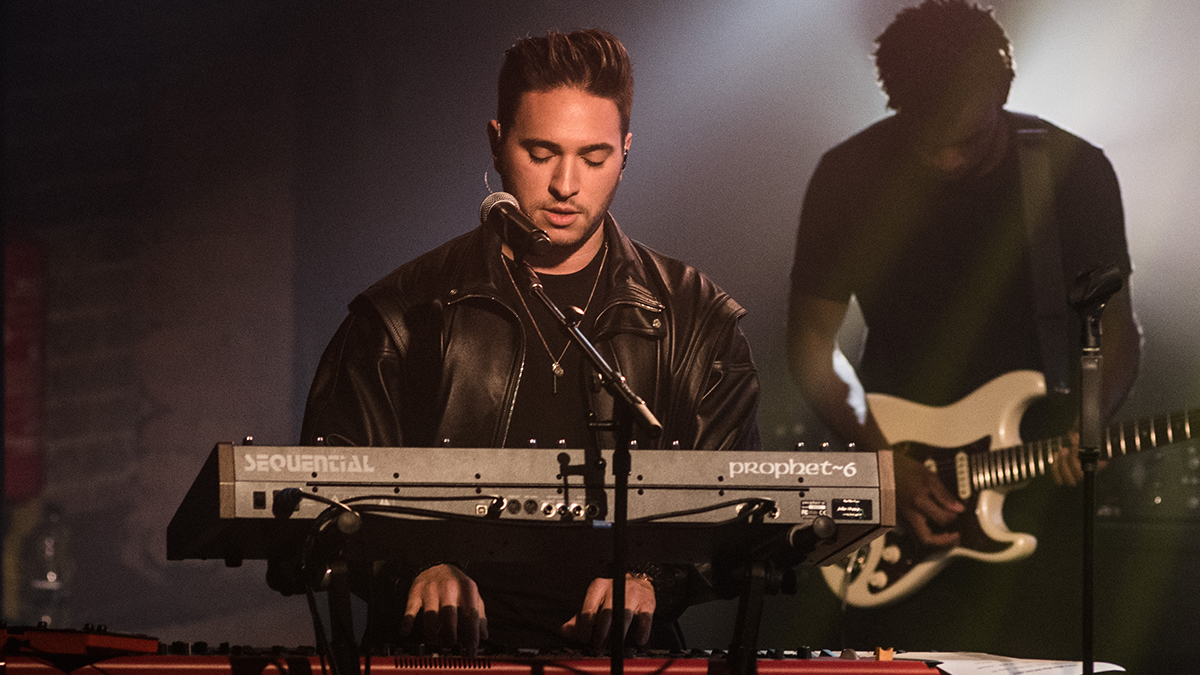
Building a band
“It was hard work finding the tour members for this band as I’m quite particular. I used an amazing director called Kojo who already works with a lot of musicians and he knew a lot of the band members. It was about picking the right musicians for me.
“Especially with my music and the type of dance music it is - slightly more melodic, fun and poppy, I was referencing people like Justin Timberlake, Tennessee Kids and Bruno Mars, to see how I could incorporate a more funky sound. We managed to find the most amazing musicians who could fit into that and did a few rehearsals. I’ve got this theory called the ‘school band theory’ – if you look like you all went to school together and played in a band, then it should work!
“In terms of production, I never start at the computer; it’s always the piano. So my music starts out acoustic, becomes electronic and goes back to being acoustic for the live set. But although my songs have a massive acoustic element to them, I didn’t want them to sound too live but more of an acoustic version of the records.
"For me, dance producers and artists sometimes have too much of an electronic element on stage, and the message I’m trying to get across to my audience is that I’m a real musician and my songs can be performed in a timeless, acoustic way.
“I’m not going to be doing an album just yet. I’m working on the singles, with a possible album next year. A lot of what is part of the set are new singles that are coming up, whether at the end of this year or moving into next. So it will be a blend of performing those singles and ones that people already know.”
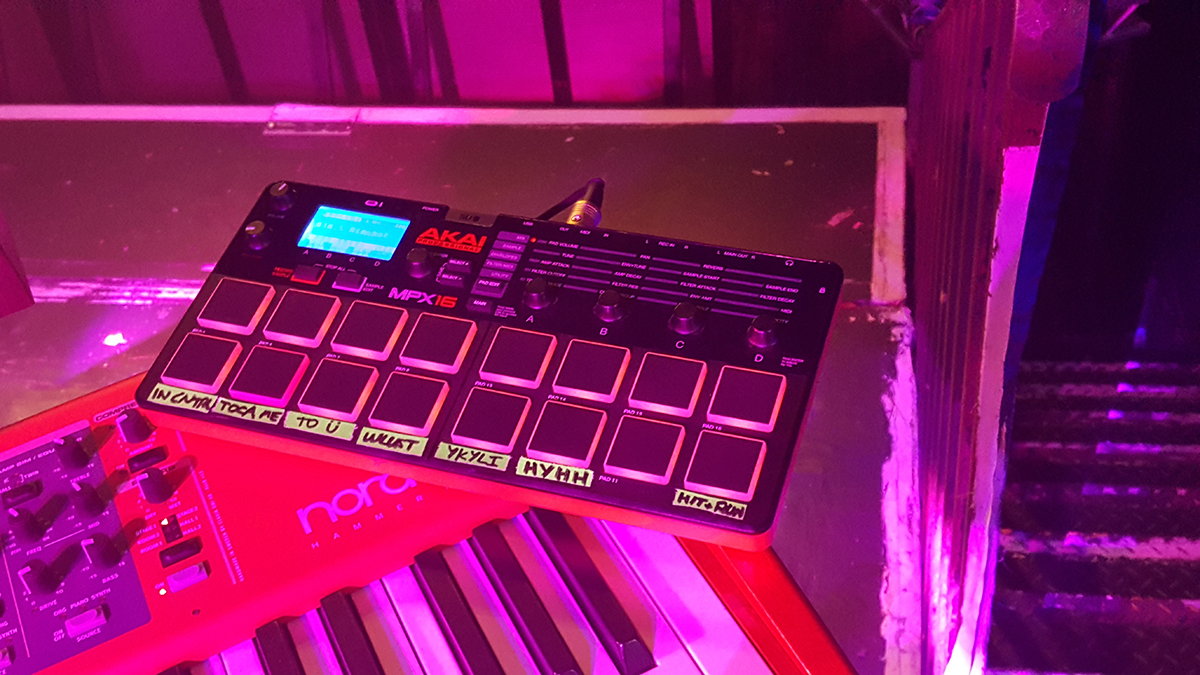
Akai MPX16
“I’m basically using the Akai to trigger samples. I chop up a lot of my acoustic elements, put them on the pads and trigger them during certain parts of the track.
“I’m almost taking it back to the old rave/ house days where you’d have piano chords being triggered and it’s a blend of having dance and acoustic elements sitting right next to each other.
“Of course, you could use any unit that has drum pads, but with the Akai it’s the idea of having that old school element and being able to pitch all the sounds up.”
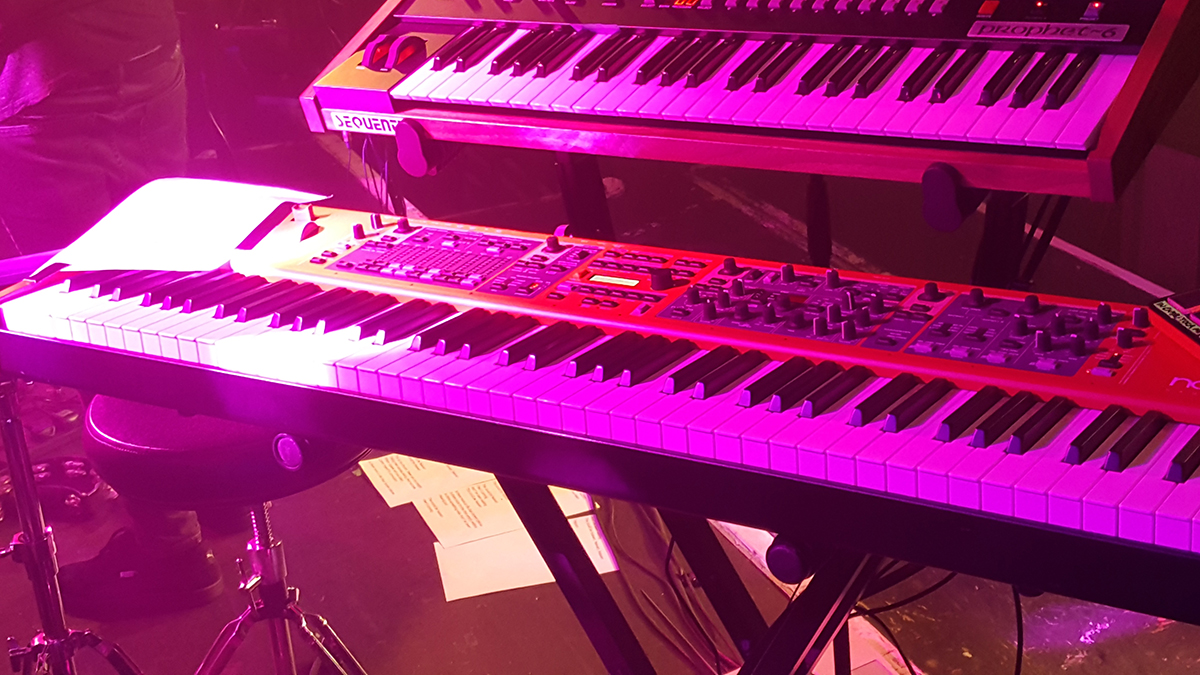
Nord Stage 2
“I’m using this for my main piano sounds. I love the Nord for the quality of its sounds and the way they have sampled them is incredible.
“I’ve gone through a lot of pianos, but the Nord has that trustworthy, big piano sound that I’m looking for. If you tweak it, it turns into a Korg M1 and suddenly you have a wide amount of sounds you can play with.
“I mainly use it for piano, Rhodes and pad sounds, and then I go to the Prophet 6 for those big, trusty synth sounds.”
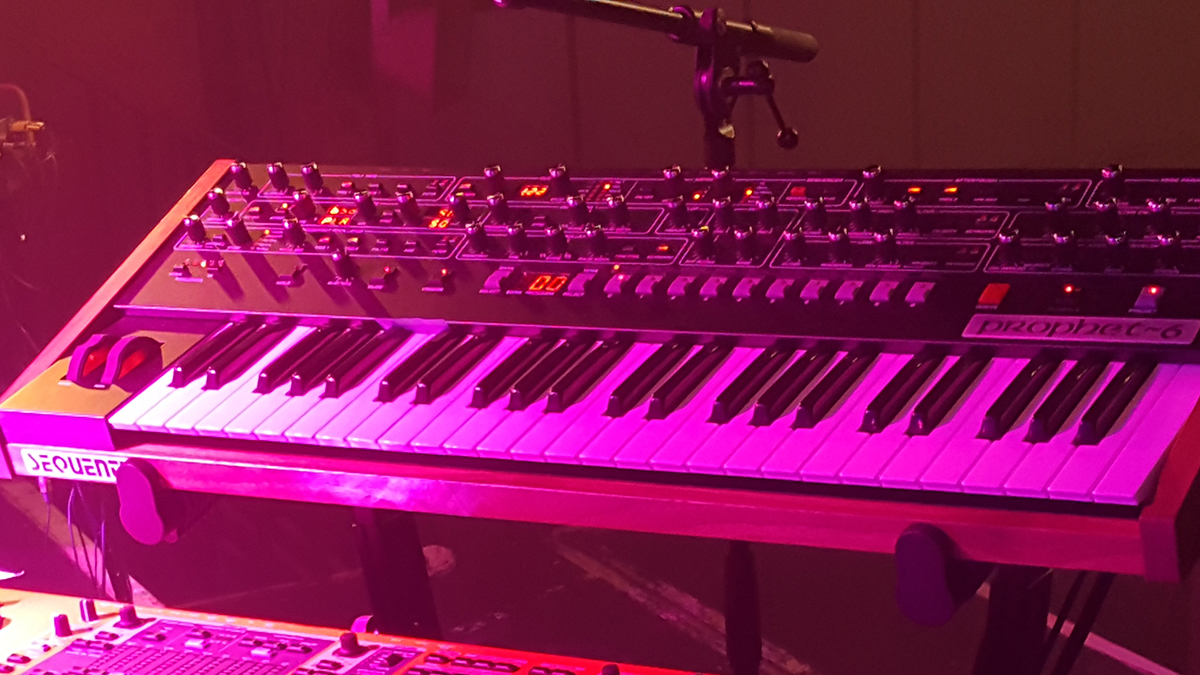
Sequential Prophet-6
“I love this and always have to have a Dave Smith, whether it’s the new Oberheim OB-6 or the Prophet-6 – and I had the Prophet 8 before that.
“For me, it’s about not having to dive into too many menus; that old Roland Juno-106 mentality where you can go straight to a sound when you need it.
“He uses Curtis chips because he owns the company now. The oscillators are digital but the whole feel of it and the output path is analogue.
“A lot of people say to me that the sound of the Prophet-6 thins out and it’s not as thick as the old Prophets, but you just have to tweak it and get it how you want it to sound.”
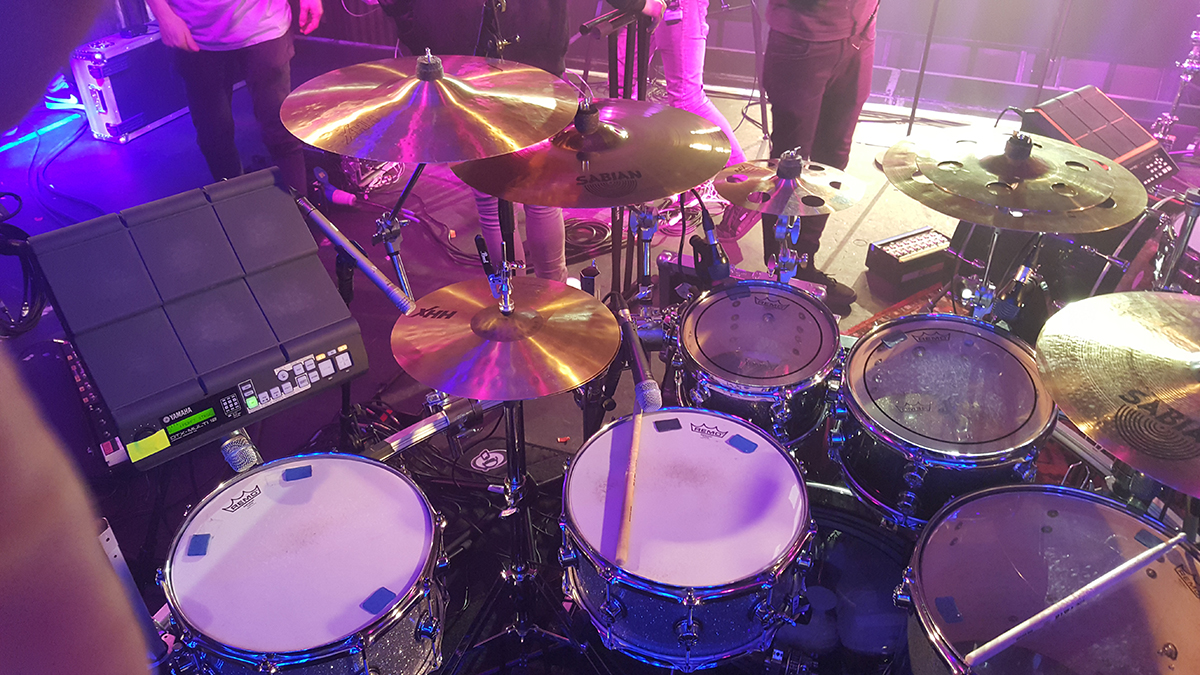
Drums: Jamil Blake
“I’ve got acoustic drums and electronic drums, and what we’ve done is to try and sync them together because Jonas’s music is electronic, dancey and vibey and has a lot of sub and 808 sounds.
“I think he also wants that live feel, which is where the acoustic drums come in. I’ve got a trigger that sits on the acoustic drums so I can have those playing with a sample of the bass drum at the same time, which gives everything a nice fat sound.
“From a professional point of view, it’s important that drummers know how to do this kind of stuff in a live environment. Basically, it gives you the best of both worlds.”
“I use a Yamaha DTX-Multi 12. It has 12 pads on the grid itself and 6 more external outputs. This gives me a few extra pads on the side to do some 808 hats and snares.
“The multipad is brilliant, all the samples come from Jonas’s records, so everything you hear on there you can hear live as well - we just chop up the samples in Logic and I’m able to play them freely. But I’ve also got the freedom to be versatile and play the 808 sounds a little bit different to the records.”
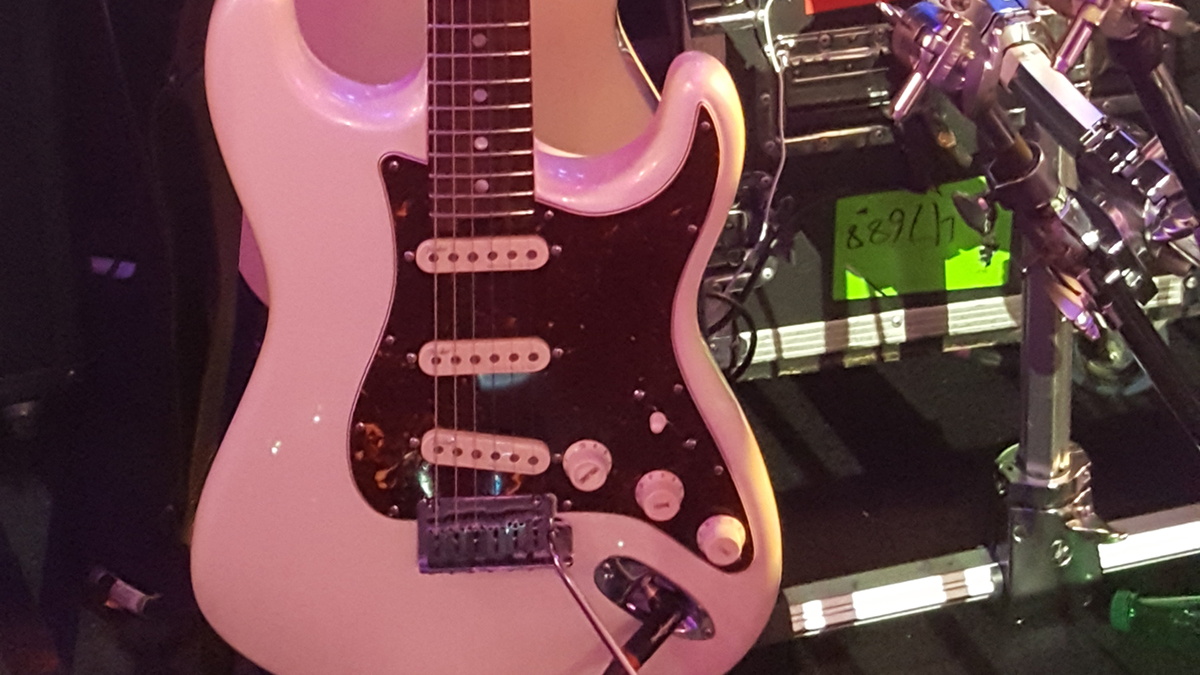
Guitar and Bass
Aaron Forbes: “I play a Fender American Elite Stratocaster and a Fender American Standard Telecaster, but I mainly use the Strat for this gig because it’s a versatile beast that can do a bit of everything.
“It’s got chimey cleans but also sounds gritty when you put some drive into it. It’s just an all-round workhorse. It’s also got tremolo, which I love and really suits the way I play.”
“The approach we had was very Nile Rogers, quite dancey and poppy but we wanted to add to the rhythmic part by keeping the funky chords as well. So a lot of the stuff around the choruses is quite funky, then there are points where we get into the more driven bits.
“I don’t use guitar pedals, I use the Kemper Profiler which has pedals built in, modulation and delays. I find that it keeps my rig compact. I dial in the gain as and when I need to, but it’s cool because each patch is at the same volume level, so it’s a lot easier than using pedals.”
Dishan Abrahams: “I use a Music Man Stingray five-string bass and find it’s got a bit of nose on it and really crunches through the pop stuff.
“When there’s a lot of low-end electronic stuff going on, it is hard to get the bass to cut though, and I find it’s got that growl to it and pierces through that low boominess.”
“I use a lot pedals and a Moog Little Phatty, because for some sounds you just need a synth. So I use it for some of the sounds I can’t get on bass because we want to get as close to the record as possible.
“For this gig, the bass and Moog is probably 50/50, but I think that’s how it is for most electronic pop music these days.”
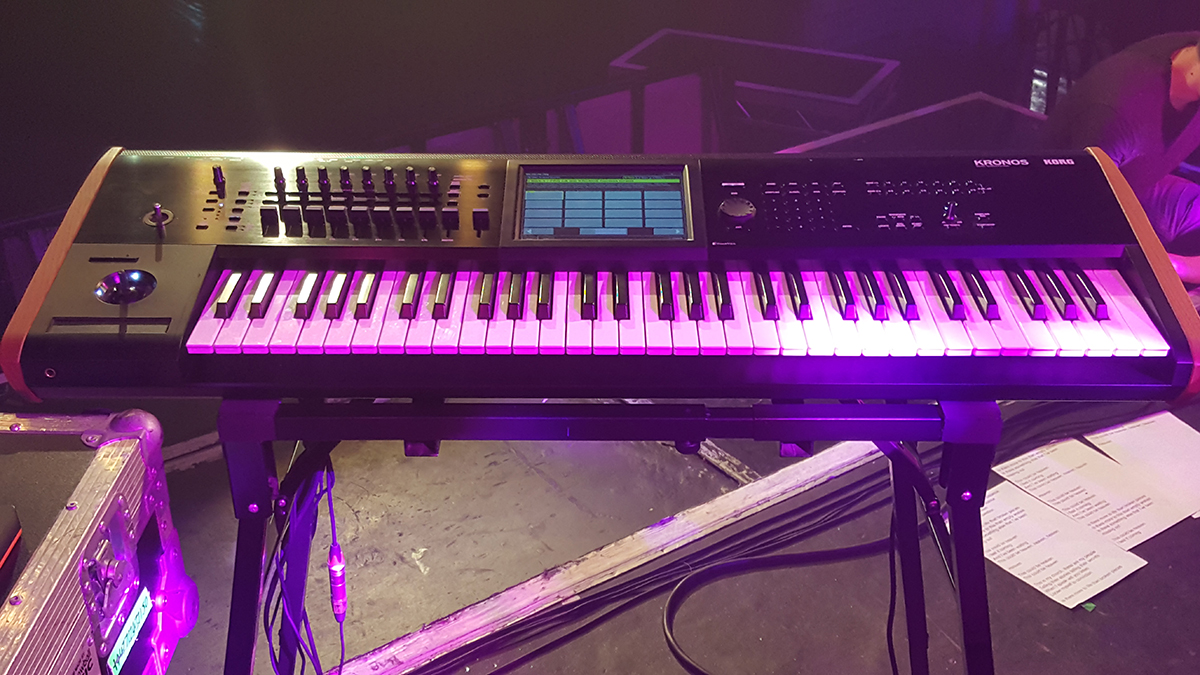
Keyboards
Andy Highmore: “I’m using the Korg Kronos 2 and have been into this synth since the original came out. It’s great for the kind of stuff I do where you have to cover a lot of basis.
“One minute you need an analogue synth sound and the next a sampled piano, but I know how to programme the Kronos pretty well and can get the sounds 99% close to the actual record.
“Everything’s in the box, so you can save and load your sounds on a USB, and the synth engine is so powerful that I normally tend to remake the sounds rather than sample them.”
“Then I use the Nord Lead 2X as a controller for the Kronos to trigger more sounds. I love that keyboard and use a lot it in the studio, but for this show it’s easier to have all the sounds in the Kronos.”
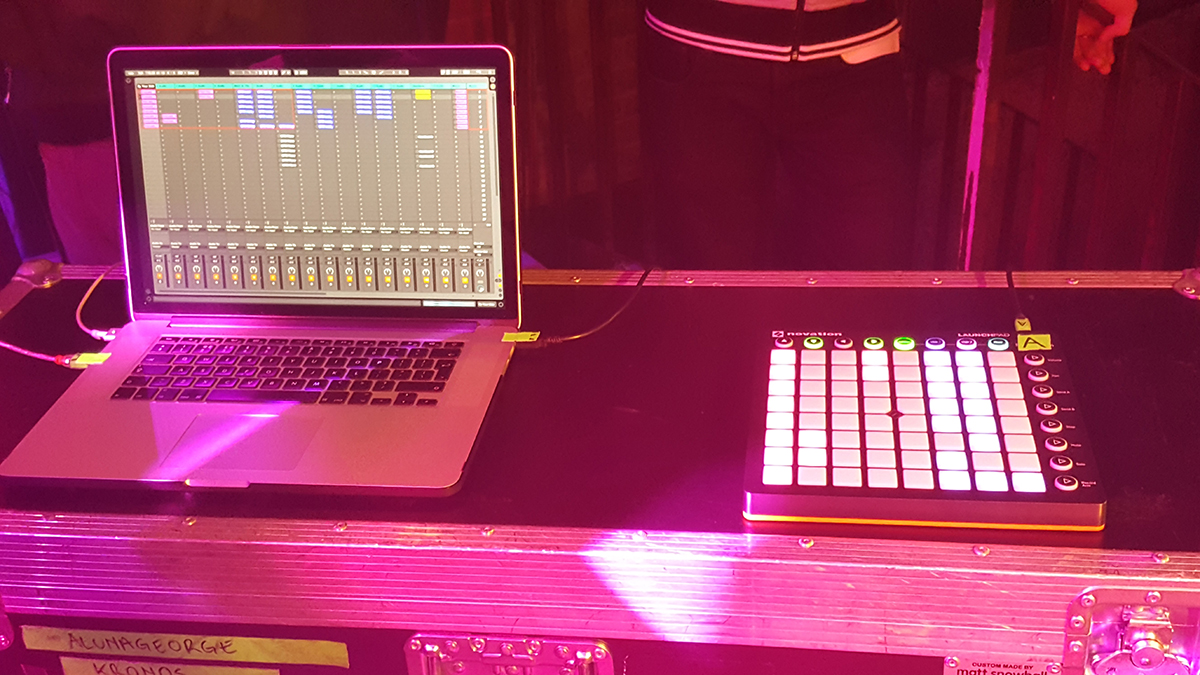
“I’m using Ableton Live to trigger a lot of one-shot samples and I’m pretty deep into Live these days. With this show, I’m using it for dropping audio clips and playing them back without quantisation.
“A lot of the record sounds are cut up - sounds that you can’t really play on a keyboard or vocal samples, so I’ll chop them out of the record and play them live on the Novation Launch Pad, which is great.”